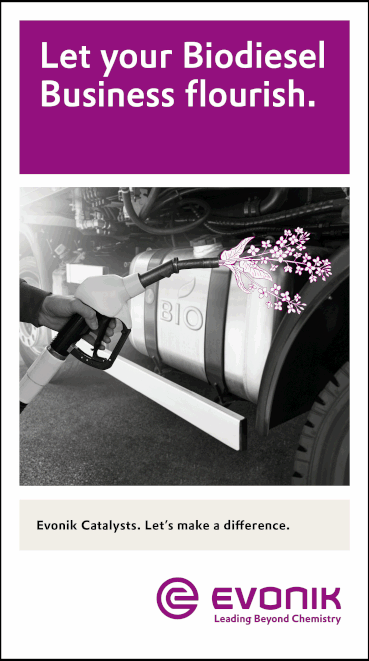What’s it going to take to achieve the vision for wind energy? More diesel power!
- The Diesel Technology Forum
- Jul 4, 2022
- 2 min read

Wind energy is one of the fastest-growing sectors of the energy industry.
Today, wind energy accounts for about 9 percent of all clean-energy generation and is expected to play a larger role in reducing greenhouse gas (GHG) emissions from the power sector in the future. U.S. DOE estimates that by 2030 there will be 224 gigawatts (GW) of energy from wind in 47 states, an increase of more than 110 GW from 2020.
By 2050, the capacity is projected to be more than 404 GW of electrical energy.
Building out the Biden Administration DOE Wind Energy Vision for a substantial growth in wind energy will require more diesel power at every step of the process.
Consider that a 1.5-megawatt wind turbine, of a type frequently seen in the U.S., has a tower more than 250 feet high.
The rotor assembly (blades and hub) weigh 48,000 pounds and the generator contained in the nacelle or body of the turbine weighs about 115,000 pounds.
Taken together, each wind turbine weighs more than 160,000 pounds and would require about six to eight tractor trailers just to haul the components.
On land, earthmoving equipment including scrapers, bulldozers, and excavators is used to prepare the site locations.
Heavy-duty trucks are used to deliver the necessary aggregate and materials for constructing the tower’s base foundation as well as the concrete, which will support the 200-plus-foot-high towers.
Transporting wind-tower components including blades and turbines often involves ocean-going vessels, with destination and site delivery by freight rail and trucking companies sporting an “oversize load” sign on the rear trailer.
Once on site, crane operators unload components in preparation for the tall assembly lifting cranes, which will put the massive towers together, piece by piece.
Offshore wind farm construction is highly specialized. It involves many types of marine workboats to transport crew and materials to specially designed construction vessels in the ocean. Those are used to build platforms, which serve as a base for the wind turbines and are connected to the ocean floor.
According to the American Clean Power Association, offshore wind-project development and operations will rely on at least 26 vessels per project across all project stages. That includes seafloor survey work, component transfer, cable burial, crew transfer, and turbine installation.
The number and category of vessels used depends largely on environmental conditions, the distance from shore, project size, and other factors.
Wind tower components are staged at nearby ports and transported to the offshore farm location for installation. Some onsite installations involve the setting of precast concrete piers onto the ocean floor to provide the footing to support the tower.
More renewable energy from wind power means greater demand for diesel, thanks to its reliability, power, performance and efficiency.


































